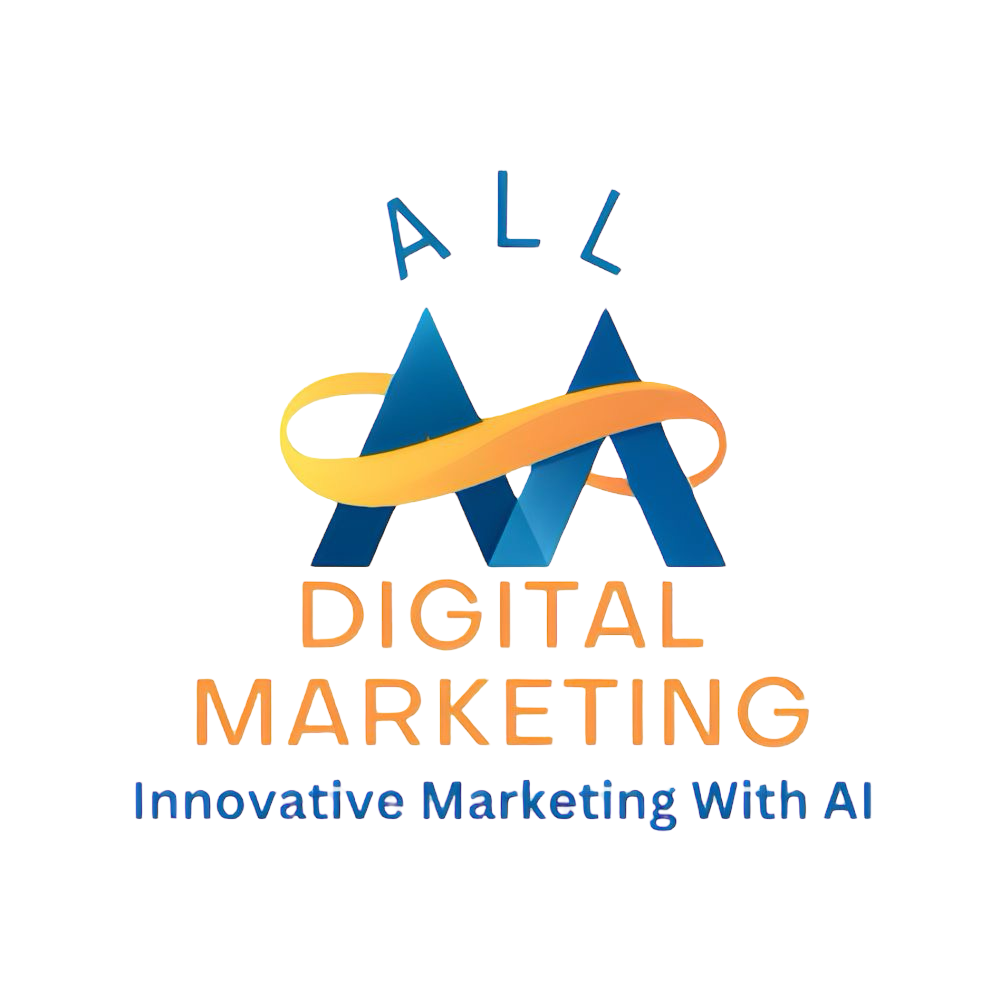Remember the good old days of Myspace when you could set a
song to play on your profile? Well, Instagram is bringing that nostalgic
feeling back with a modern twist! ?
Profile Songs: Your Personal Soundtrack
Instagram's new feature allows users to add a 30-second clip from their vast music library to their bio. Now your profile can have its own theme song, setting the mood for visitors. It's like having a personal DJ for your digital identity!
Streamlined Content Sharing with 'Tag Channel'
Content creators, rejoice! Instagram's new "Tag Channel" option makes sharing your posts in Channel streams a breeze. No more manual reposting – it's now as simple as a tag!

Digital Creator Cards: Your Profile in Your Pocket
Instagram is testing sleek new digital profile cards for creators. Imagine a business card for the digital age, complete with a QR code for instant connections and all your essential info on the flip side. It's like having your entire online presence in a pocket-sized package!
Cross-Platform Posting Made Easy
Meta is breaking down the walls between its platforms. Now you can share your Instagram image posts and Facebook text and link posts directly to Threads. It's like having a social media Swiss Army knife at your fingertips!
Why Businesses Should Embrace Instagram
With these new features, Instagram continues to be a powerhouse for businesses. Here's why:
- Massive User Base: As of 2023, Instagram boasts over 2 billion monthly active users worldwide (Statista, 2023).
- High Engagement Rates: Instagram posts see an average engagement rate of 0.98%, which is higher than Facebook (0.13%) and Twitter (0.05%) (RivalIQ, 2023).
- Shopping Features: 44% of Instagram users use the platform to shop weekly (Instagram, 2022).
- Influencer Marketing Hub: 72% of marketers believe that Instagram is the best platform for influencer marketing (Influencer Marketing Hub, 2023).
- Brand Discovery: 83% of Instagram users say they discover new products and services on the platform (Facebook for Business, 2022).
These statistics underscore the potential impact of Instagram's new features on businesses. The profile song feature, for instance, could help brands create a more memorable and immersive profile experience, potentially increasing user engagement and brand recall.
From reviving old favorites to pushing the boundaries of social media integration, these updates are set to transform how businesses and users interact online. The digital landscape is evolving rapidly, and staying informed is crucial for success in the modern marketing world.
Stay Ahead of the Curve
Want to keep your finger on the pulse of the ever-changing social media and marketing landscape? Don't miss out on the latest trends, feature updates, and strategic insights that could give your business the edge it needs.
By subscribing, you'll receive regular updates on:
- Breaking news in social media
- Innovative marketing strategies
- Tips for leveraging new platform features
- Expert analysis of industry trends
Stay informed, stay ahead, and let us help you navigate the exciting world of digital marketing. Subscribe now and transform your social media game!
 Add Row
Add Row  Add
Add 








Write A Comment